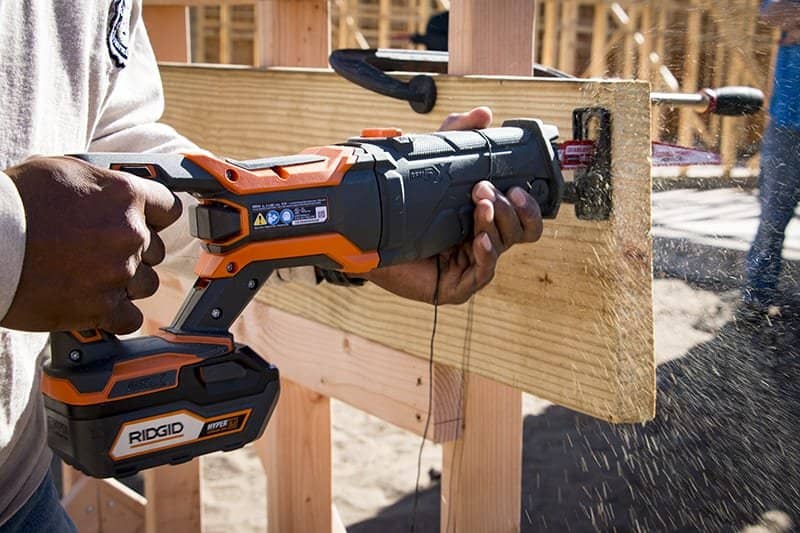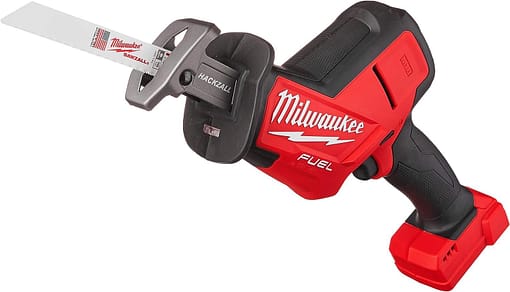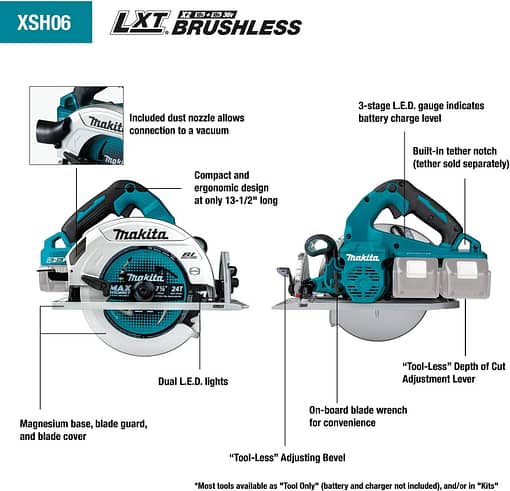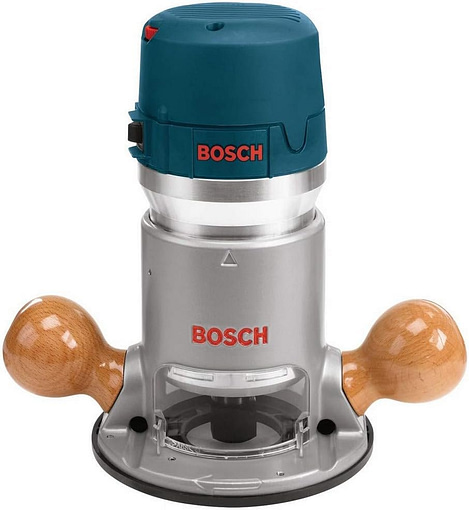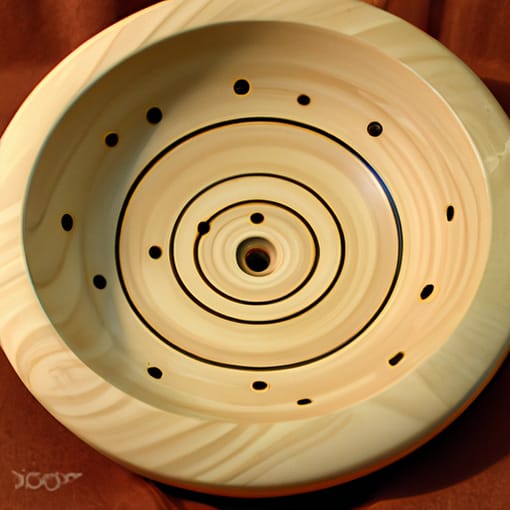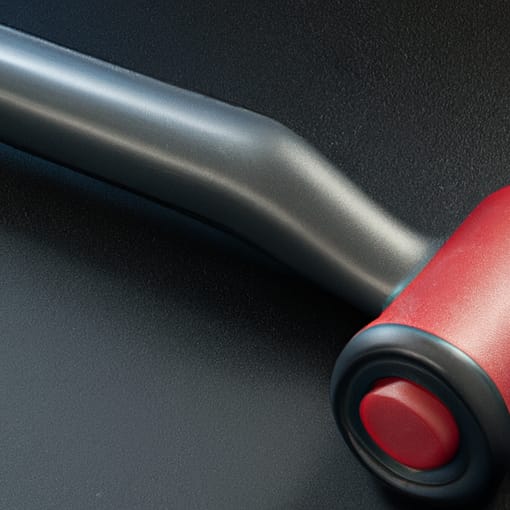Imagine having a versatile tool in your toolkit that effortlessly cuts through materials like butter, making your DIY projects a breeze. Enter the reciprocating saw. This powerhouse of a tool is designed to tackle a wide range of projects, from demolition work to trimming branches. But before you rush out to grab one, let’s explore what exactly a reciprocating saw does and whether you need one for your next project. Get ready to discover a tool that can revolutionize the way you approach your DIY tasks.
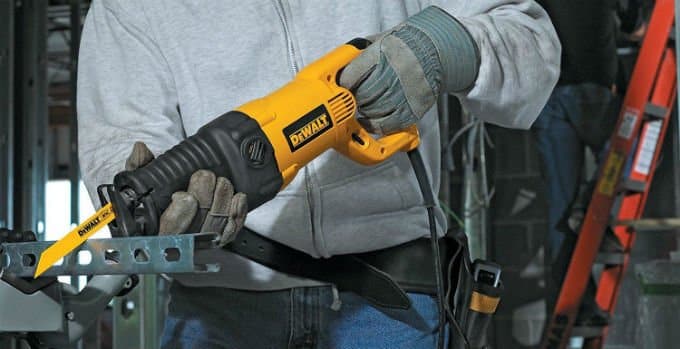
What does a reciprocating saw do?
A reciprocating saw, also known as a sabre saw or a sawzall, is a powerful cutting tool that is widely used in various industries and for various applications. It is a handheld saw with a straight blade that moves in a back-and-forth motion, resembling the action of a sewing machine needle. This unique reciprocating motion allows the saw to cut through different materials with ease, making it a versatile tool for a wide range of tasks.
Definition of a reciprocating saw
A reciprocating saw is essentially a mechanical saw that uses a push-and-pull motion to cut through materials. It consists of a motor, a handle, and a blade that is attached to a moving shaft. When the motor is turned on, it drives the shaft to move the blade in a reciprocating motion, allowing for efficient cutting through various materials.
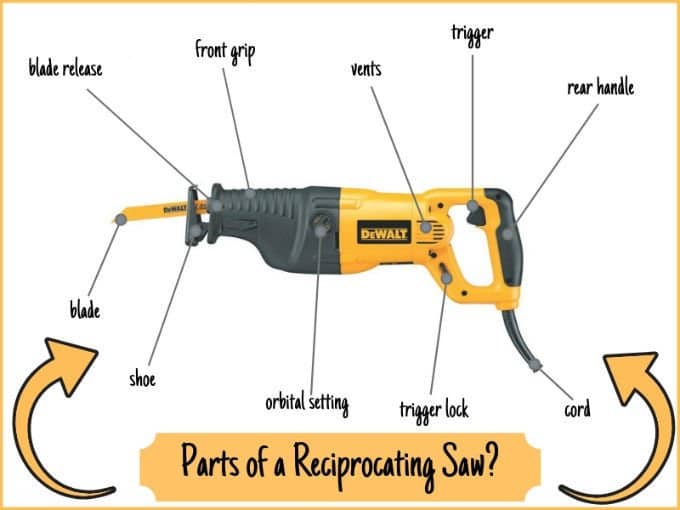
Mechanism and operation of a reciprocating saw
The mechanism of a reciprocating saw is relatively simple yet highly effective. It typically operates on either electricity (corded) or a rechargeable battery (cordless). When the power is turned on, the motor engages, causing the blade to move backward and forward rapidly. This motion enables the blade to cut through materials such as wood, metal, plastic, and even concrete.
The blade of a reciprocating saw is typically made of high-quality steel, allowing it to withstand the cutting forces and provide durability. It usually comes in various lengths and teeth configurations to accommodate different cutting tasks. The shorter blades are ideal for precision cuts, while longer blades are better suited for demolition and larger projects.
To operate a reciprocating saw, you simply hold the handle firmly, position the blade on the material to be cut, and apply slight pressure to initiate the cutting action. The back-and-forth motion of the blade, combined with the cutting forces, allows for efficient and precise cutting through a wide range of materials.
Versatile applications of a reciprocating saw
One of the key advantages of a reciprocating saw is its versatility. It can be used for a wide range of applications across various industries. Some of the common uses of a reciprocating saw include:
-
Demolition and remodeling:
A reciprocating saw is highly effective for demolition tasks, such as cutting through walls, removing old fixtures, and dismantling structures. Its ability to cut through different materials makes it an essential tool for remodeling projects.
-
Cutting through different materials:
Whether it’s wood, metal, plastic, or even masonry, a reciprocating saw can handle it all. From pruning tree branches to cutting through pipes, the reciprocating saw is the go-to tool for a vast array of materials.
-
Pruning and tree trimming:
The reciprocating saw’s cutting power is ideal for pruning trees and cutting branches. Its compact size and maneuverability make it easier to navigate in tight spaces, allowing for precise cuts.
-
Plumbing and pipe cutting:
When it comes to plumbing work, a reciprocating saw is indispensable. It can efficiently cut through pipes, even those made of metal or cast iron, allowing for easy repairs or modifications.
-
Metalworking:
Whether you’re working with steel tubing, rebar, or sheet metal, a reciprocating saw can make clean and precise cuts. It is commonly used in metalworking shops and construction sites for a wide range of tasks.
-
Window and door installations:
When installing or replacing windows and doors, a reciprocating saw can help make accurate cuts for a perfect fit. It allows for easy trimming of framing materials, such as studs and headers.
-
Furniture making and woodworking:
A reciprocating saw can be used in woodworking projects, such as cutting notches or shaping wood pieces. It can also be handy for dismantling old furniture or making precision cuts in tight spaces.
-
Automotive repairs and maintenance:
Whether it’s cutting through exhaust pipes, removing rusted bolts, or performing bodywork, a reciprocating saw is a valuable tool for automotive repairs and maintenance.
-
Hunting and outdoor activities:
Reciprocating saws can be useful for hunters and outdoor enthusiasts. From cutting through bone and cartilage during field dressing to trimming branches for hunting blinds, a reciprocating saw can be a versatile tool in outdoor settings.
-
Other creative and DIY projects:
The versatility of a reciprocating saw extends to various creative endeavors and DIY projects. From crafting unique shapes in sculptures to making custom picture frames, the reciprocating saw can bring your creative ideas to life.
Do I need a reciprocating saw?
Whether you’re a professional tradesperson, a DIY enthusiast, or someone who occasionally tackles household projects, a reciprocating saw can be a valuable addition to your tool collection. However, before making a purchase, it’s essential to consider several factors to determine if a reciprocating saw is the right tool for your needs.
Considerations before purchasing a reciprocating saw
- Project requirements: Assess the types of projects you frequently undertake or plan to undertake. If you often find yourself in need of a versatile cutting tool for various materials, a reciprocating saw might be a valuable addition to your toolbox.
- Frequency of use: Do you anticipate using a reciprocating saw frequently, or is it for occasional use? Considering the frequency of use helps determine the investment and whether a corded or cordless model suits your needs.
- Budget: Like any tool purchase, budget plays a crucial role in the decision-making process. Set a budget range that aligns with your requirements and explore options within that range.
- Experience and skill level: It’s important to evaluate your experience and skill level in handling power tools. Reciprocating saws require proper technique and caution to ensure safe and effective operation. If you are new to power tools, it may be helpful to seek guidance or consider a more user-friendly alternative.
Types of projects requiring a reciprocating saw
Reciprocating saws excel in various applications and projects. Here are a few examples where a reciprocating saw is particularly useful:
- Demolition and remodeling projects
- Plumbing and pipe cutting
- Tree pruning and trimming
- Automotive repairs and maintenance
- DIY furniture making and woodworking
- Metalworking tasks
- Installation of windows and doors
- Creative and artistic projects
Benefits of owning a reciprocating saw
There are several advantages to owning a reciprocating saw that make it a worthwhile investment:
- Versatility: With its ability to cut through a wide range of materials, a reciprocating saw eliminates the need for multiple saws or tools, saving both time and money.
- Efficiency and speed: The quick, back-and-forth cutting action of a reciprocating saw allows for efficient cutting, making tasks faster and more convenient.
- Accessibility and maneuverability: The compact size and ergonomic design make a reciprocating saw easy to handle and navigate in tight spaces.
- Reduced user fatigue: Many reciprocating saws feature ergonomic designs and anti-vibration technologies that reduce user fatigue, allowing for longer, more comfortable operation.
- Cost-effectiveness: A reciprocating saw offers great value for its versatility and performance, making it an affordable investment compared to purchasing multiple specialized tools.
- DIY friendly: Reciprocating saws are often user-friendly, allowing even beginners to achieve satisfactory results with proper instruction and practice.
- Safety features: Many modern reciprocating saws come with safety features such as adjustable shoe guards, blade lock mechanisms, and trigger locks to ensure safe and controlled operation.
Considering the wide range of projects a reciprocating saw can handle and its numerous benefits, it can be a valuable tool for professionals and DIY enthusiasts alike.

